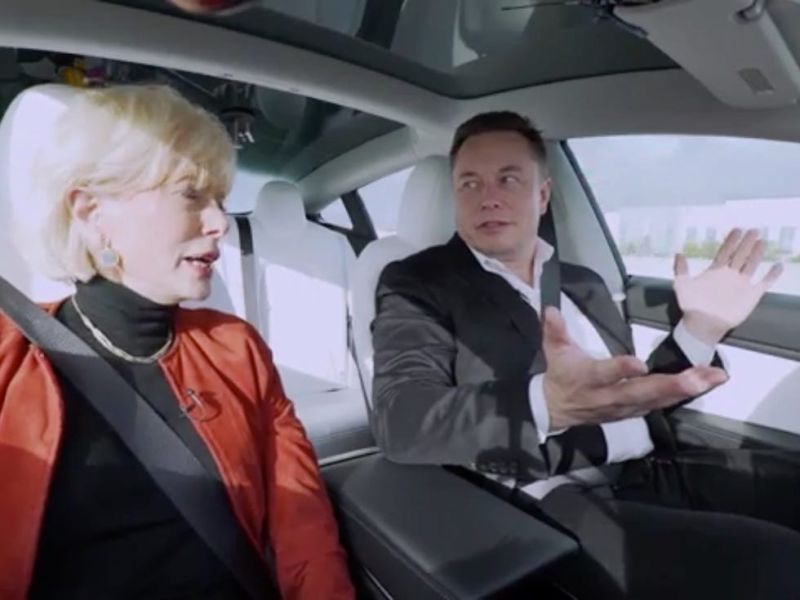More than 2 million Tesla electric vehicles are subject to a new safety recall today. At issue is the much-criticized Autopilot driver-assistance feature, more specifically the Autosteer component.
At one time, Tesla claimed that Autosteer cut crashes by 40 percent—a statistic that turned out to be completely false once a third party analyzed the data. Now, following an ongoing engineering analysis by the National Highway Safety Administration Office of Defects Investigation that found Tesla has inadequate driver monitoring and that the system could lead to "foreseeable misuse," the automaker has finally reacted.
Autopilot is Tesla's name for a suite of advanced driver assistance systems, but the two principal components are "traffic-aware cruise control" and Autosteer. The former maintains the car's speed relative to a vehicle in front, and the latter reads lane markers on the road and keeps the car between them. The system was originally based on one supplied by Mobileye, although that relationship broke down, and Tesla was dropped as a customer by Mobileye due to Mobileye's concern that Tesla was "pushing the envelope in terms of safety."
Since then, Tesla has developed its own system, removing sensors like forward-looking radar to save costs. However, its vision-only approach led to hundreds of complaints to NHTSA detailing events where Tesla's cameras registered false positives while driving and slammed on the brakes.
A particular problem with Autopilot has been the mixed messages from the Automaker. While its website states that "[c]urrent Autopilot features require active driver supervision and do not make the vehicle autonomous," Tesla CEO Elon Musk has repeatedly given the impression that the system is autonomous, particularly in TV interviews with mainstream news outlets. (Tesla's website also still hosts a video claiming that the system can drive itself.)
(There are also reports that Musk operates his own Teslas in a partially autonomous state with no driver monitoring at all.)
Since Autopilot's release, other automakers have brought advanced partially automated driving systems to market, including General Motors' Super Cruise, Ford's Bluecruise, and BMW's Driving Assistance Professional. Unlike Autopilot, these systems have a more tightly controlled operational design domain; they will only activate on restricted access highways that have been GPS-mapped, and all three include a dedicated infrared camera that uses gaze-tracking to ensure the driver is looking at the road ahead.
By contrast, until relatively recently, Tesla merely used a torque sensor on the steering column, which was easily defeated by hanging something heavy like a water bottle off the steering wheel rim. Recently, the company has claimed that a wide-angle camera built into the rearview mirror is capable of driver monitoring, although it apparently does not work well enough to prevent a giant stuffed bear from being recognized as a human driver.



3175x175(CURRENT).thumb.jpg.b05acc060982b36f5891ba728e6d953c.jpg)

Recommended Comments
There are no comments to display.
Join the conversation
You can post now and register later. If you have an account, sign in now to post with your account.
Note: Your post will require moderator approval before it will be visible.